Incredible shipwrecks currently being excavated for treasure
Shipwrecks housing hoards of treasure
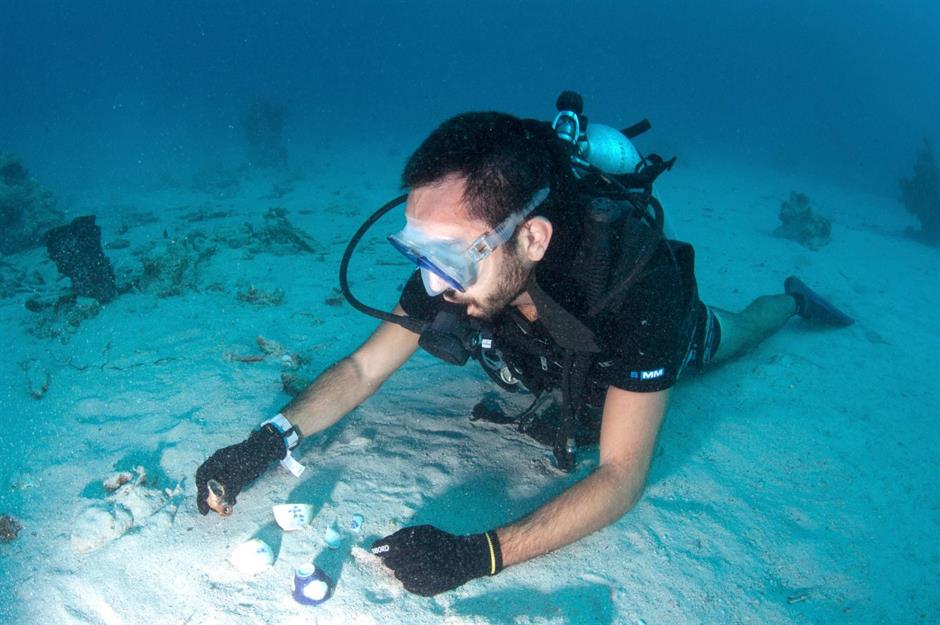
Shipwrecks can offer incredible opportunities to find historic treasures and artefacts. Essentially underwater time capsules, wrecks can hold hoards of valuables that would have been lost forever if not for the excavation efforts of divers and marine archaeologists.
From Roman-era ships to a galleon worth $17 billion, read on to take a deep dive into some of the incredible shipwrecks currently being excavated around the world. All dollar values in US dollars.
San José
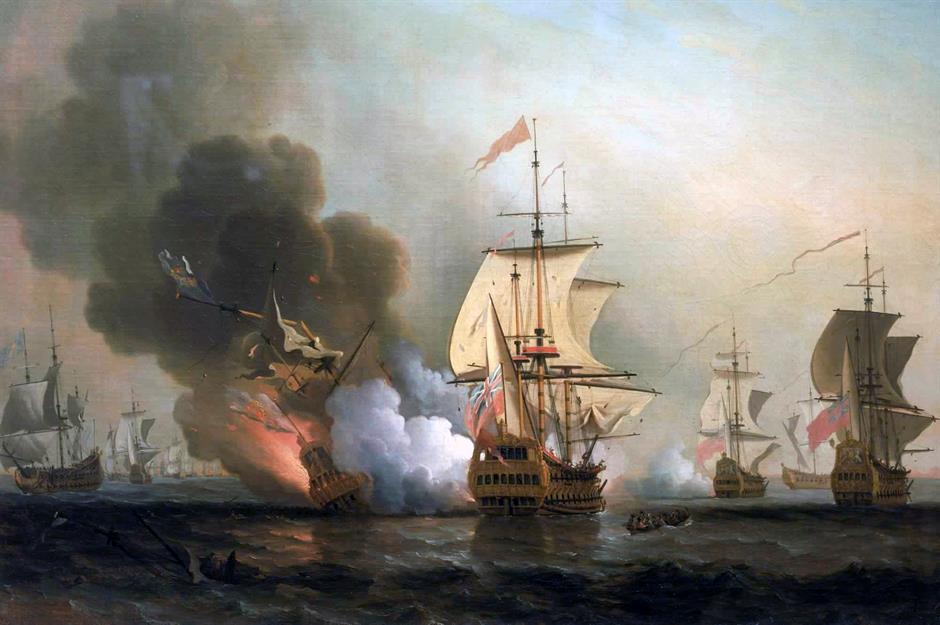
San José was a Spanish galleon that first took to the seas in 1698. Just 10 years later, it became the so-called "Holy Grail of shipwrecks" when it sank off the Colombian port of Cartagena during a battle with the British – taking up to 200 tonnes of gold, silver, and gemstones down with it.
The wreckage was eventually located in November 2015 by the American non-profit Woods Hole Oceanographic Institution (WHOI). It announced it would start excavating the ship in league with the Colombian government.
(San José is pictured here being destroyed during the battle now known as Wager's Action, as depicted in a painting by the British artist Samuel Scott).
San José
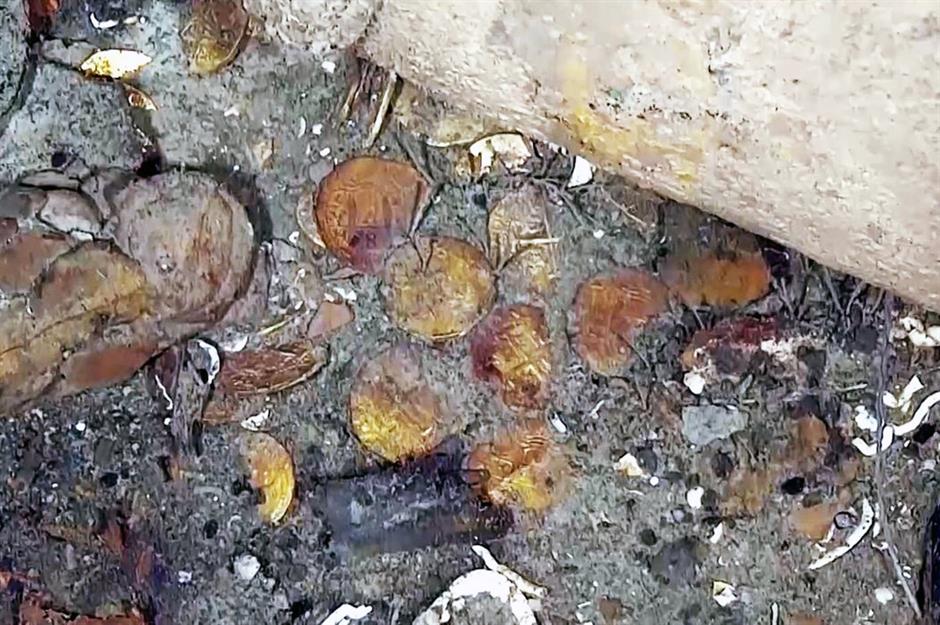
Photos released last year offer a tantalising glimpse of the treasure onboard, including gold coins and perfectly preserved porcelain tea cups. Many items are so intact that the original manufacturing inscriptions can still be read, even after 300 years underwater. All told, the treasure is believed to be worth an incredible $17 billion (£13.5bn). But who has a claim to the remains of San José?
According to international law, the wreckage and all its riches reportedly belong to Spain. But the Colombian government has also claimed it owns the ship, while several US firms who say they helped lead authorities to San José have sued for a portion of the proceeds. (Colombia has denied these companies provided any useful information).
San José is reportedly set to be raised by the end of the current Colombian president's term in 2026, meaning there are just three years for the ship's latest battle – this time, over its ownership – to be resolved.
Nuestra Señora de Atocha
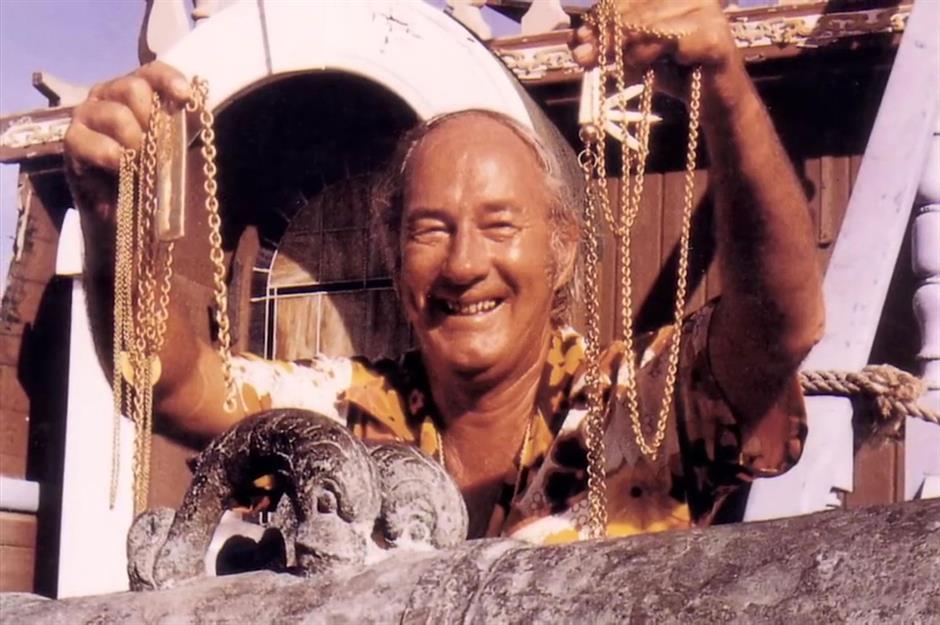
The tragic Nuestra Señora de Atocha (Our Lady of Atocha) was sailing from America to Spain in 1622 when it was hit by a hurricane, causing it to sink off the coast of Florida. Loaded with gold, silver, and gems, the ship had an estimated cargo value worth hundreds of millions of dollars. The Atocha shipwreck lay undiscovered for centuries until renowned treasure hunter Mel Fisher (pictured) and his team found the wreckage after a 16-year hunt that began in 1969. A motherlode of treasure worth around $450 million (£358m) was discovered according to his company, Mel Fisher's Treasures, which specialises in historic shipwreck recovery.
Fast-forward to today and there's still lucrative loot to be found at the site. Before his death in 1998, Fisher stated he believed there was "a couple billion worth of emeralds" yet to be unearthed. Fisher’s son Kim now heads up the recovery business, which uses its salvage vessel, the J.B. Magruder, to hunt for precious items.
Nuestra Señora de Atocha
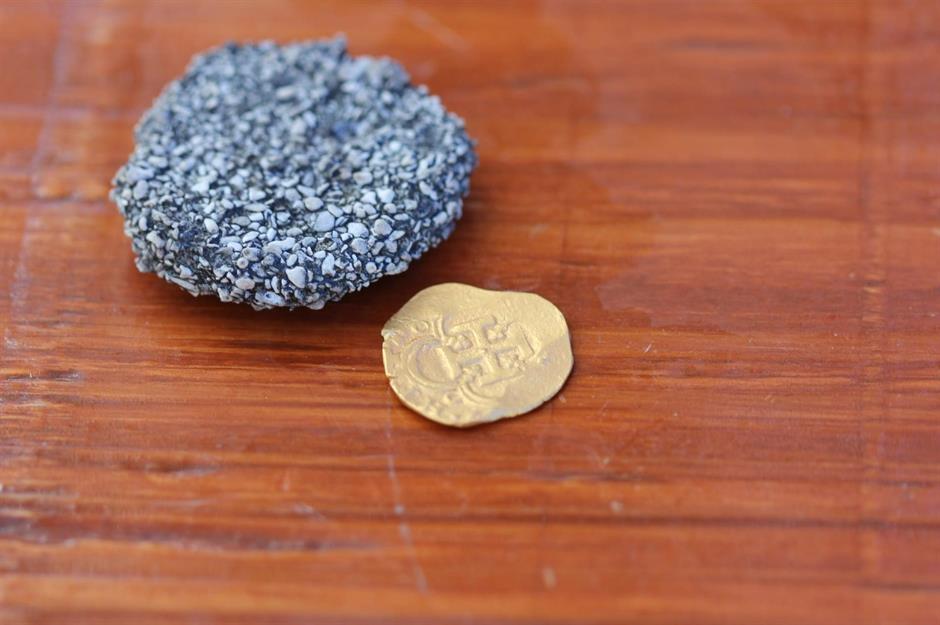
On 16 July 2021, Mel Fisher’s Treasures made one of their most lucrative discoveries in two decades. Diver Zach Moore was exploring the Atocha site when he unearthed an ultra-rare gold coin (pictured), which was valued at $98,000 (£78k). It's the 121st gold coin found at the site and the first to be uncovered since 2001. Moore is actually a second-generation treasure hunter. His father, Bill Moore, was part of the original crew that found the Atocha in 1985.
The coin's discovery has encouraged the team to continue their hunt for the ship's fabled sterncastle. It reportedly holds 35 boxes of unregistered cargo, which is said to contain the most lucrative contents of the Atocha. And that isn't the only exciting project the Mel Fisher's Treasures team is currently working on…
Santa Margarita
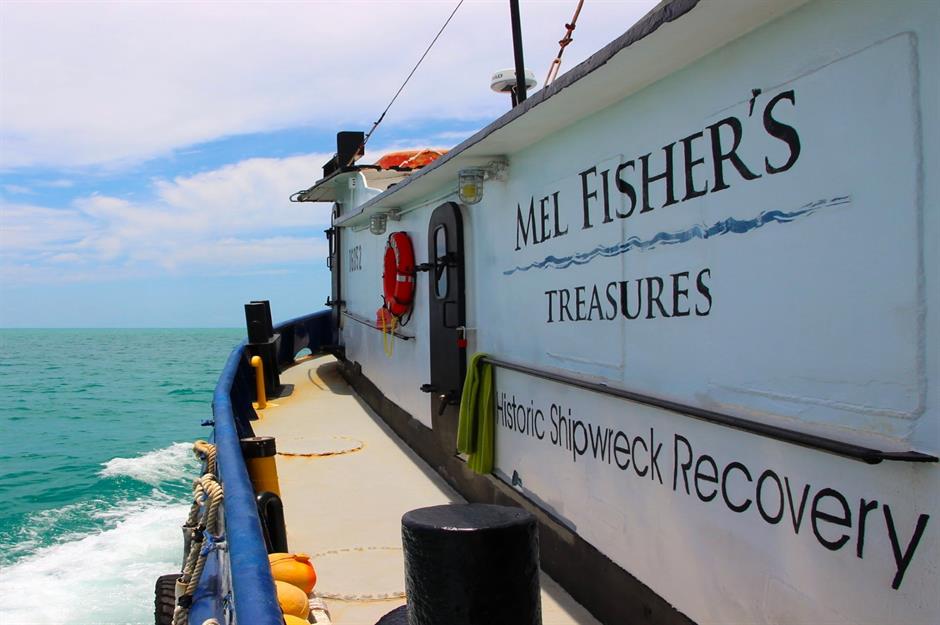
Mel Fisher’s Treasures is also exploring the wreckage site of the Santa Margarita, which sank alongside its sister ship, the Atocha, in 1622. As with the Atocha, the team began to explore the wreckage site in the 1980s. An abundance of gold bars, coins, and other artefacts have been recovered from the murky depths over the years.
However, these discoveries could be the tip of the iceberg. In an interview before his death, Mel Fisher claimed there were still around 40 tonnes of "gold and silver treasures" to be recovered from the site.
Santa Margarita
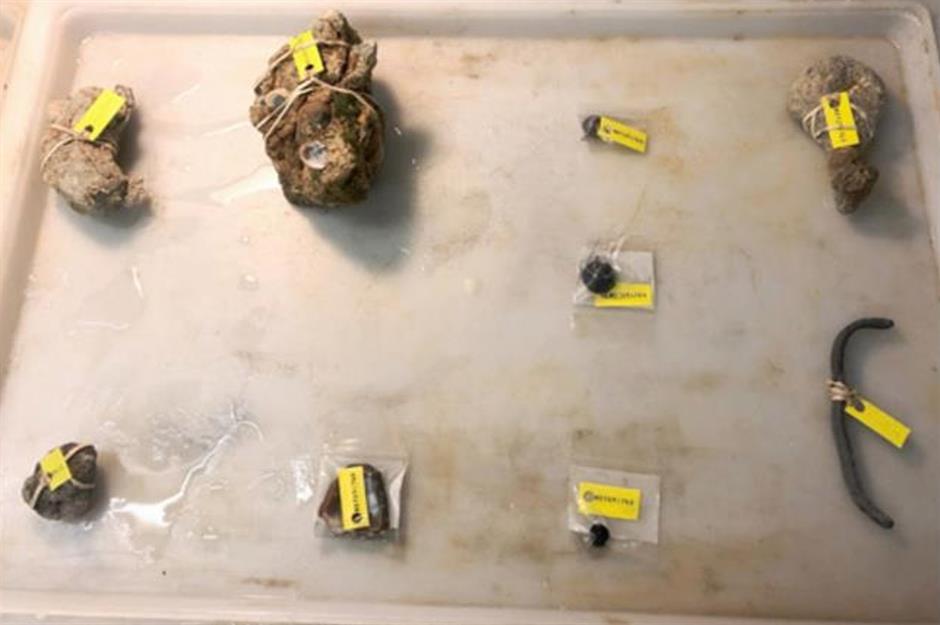
The waters surrounding the Santa Margarita and Atocha shipwrecks are now known as "Emerald City" due to the high abundance of precious gemstones that have been recovered. In September 2018, Captain Josh Fisher and his crew set out to search for emeralds near the site of the Santa Margarita.
While no emeralds were found during that particular excavation, numerous other amazing artefacts were recovered. The haul included iron spikes that had been used in the construction of the Santa Margarita, as well as porcelain dating from the Chinese Ming Dynasty era. The crew found around 40 artefacts in total (some of these are pictured), including two fragments of a barrel hoop and possible ship rigging.
1715 Treasure Fleet
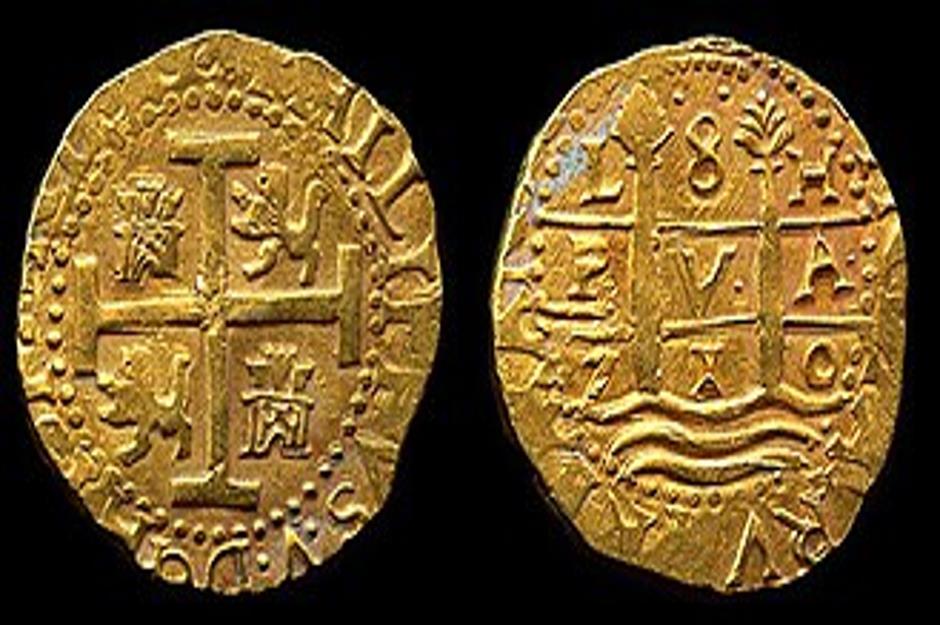
Treasure & Shipwreck Recovery Inc., another recovery organisation, operates across a 40-mile strip of Florida coastline that's dense with shipwrecks: in fact, there's reportedly one shipwreck for every mile. While most of these vessels are unidentified, it’s known that many Spanish galleons sank in the area, including the ill-fated 1715 Treasure Fleet. These ships sank during a fierce hurricane in 1715 near what's now Vero Beach. Carrying registered cargo believed to be worth 14 million pesos, just one ship in the 12-strong fleet survived. Estimates suggest over 1,000 lives were lost.
Over the years, the Treasure Wrecked team has found a range of amazing artefacts, including rare Spanish escudo coins (pictured). Dating from 1710, these coins were minted in Lima, Peru, or Mexico and are worth around $2,000 (£1.6k) each, Craig Huffman, CEO of Treasure Wrecked, told us.
1715 Treasure Fleet
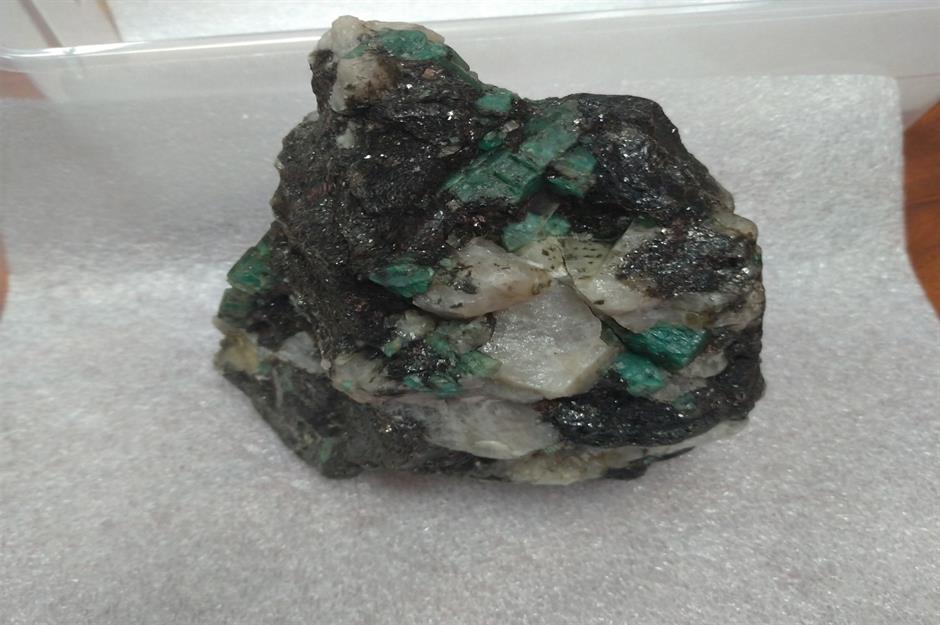
The Treasure Wrecked team has recovered a trove of other incredible items, including jewellery and ceramics. Their most lucrative find to date? This emerald-embedded rock (pictured) dates from the 1570s and was sourced in the Muzo mines of the Colombian Andes. Also encrusted with quartz and black tourmaline, Huffman told us that "nothing else has even been found like it."
Huffman estimates the value of this one-of-a-kind discovery to be anywhere between $200,000 (£160k) and $500,000 (£397k).
SS Pulaski
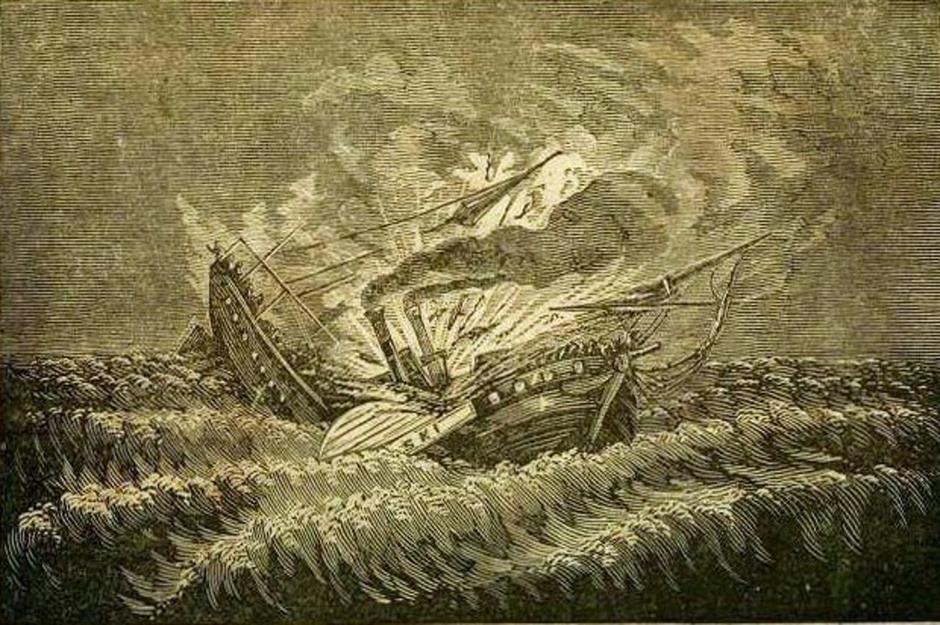
Next on our list is the steamship Pulaski (pictured), named after the American Revolutionary War hero Casimir Pulaski. Tragedy struck this luxury steamer in June 1838 when the vessel's starboard boiler exploded, causing it to sink around 40 miles off the coast of North Carolina.
Considered at the time to be one of the most significant shipwreck catastrophes in American history, the Pulaski was carrying 37 crew and around 150 passengers at the time of the disaster. Just 59 people survived. The ship reportedly took around an hour to fully sink, and survivors were left with just two rowing boats and wreckage debris to cling to while awaiting rescue.
SS Pulaski
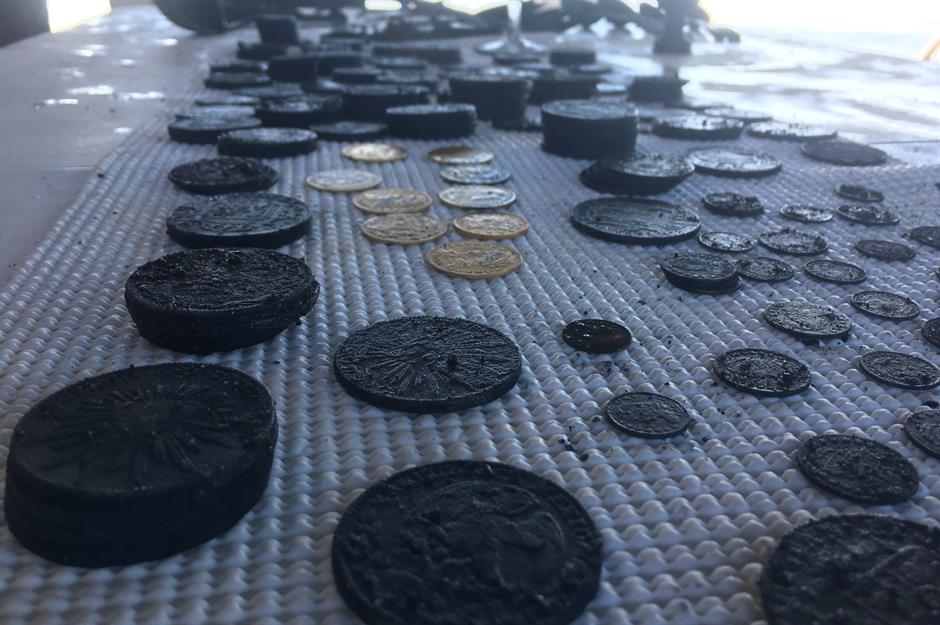
Although the disaster was widely reported at the time, the Pulaski was forgotten until November 2017, when shipwreck exploration company Blue Water Ventures International found the wreck. The Pulaski's identity was confirmed in early 2018 after the discovery of a small brass tag with SB Pulaski stamped on it.
Since then, divers have uncovered a vast array of artefacts from the site, including rare early-minted American gold coins (pictured), pocket watches, silverware, and china sets. With excavation efforts ongoing, who knows what other remarkable pieces of history will be unearthed from the shipwreck?
SS North Carolina
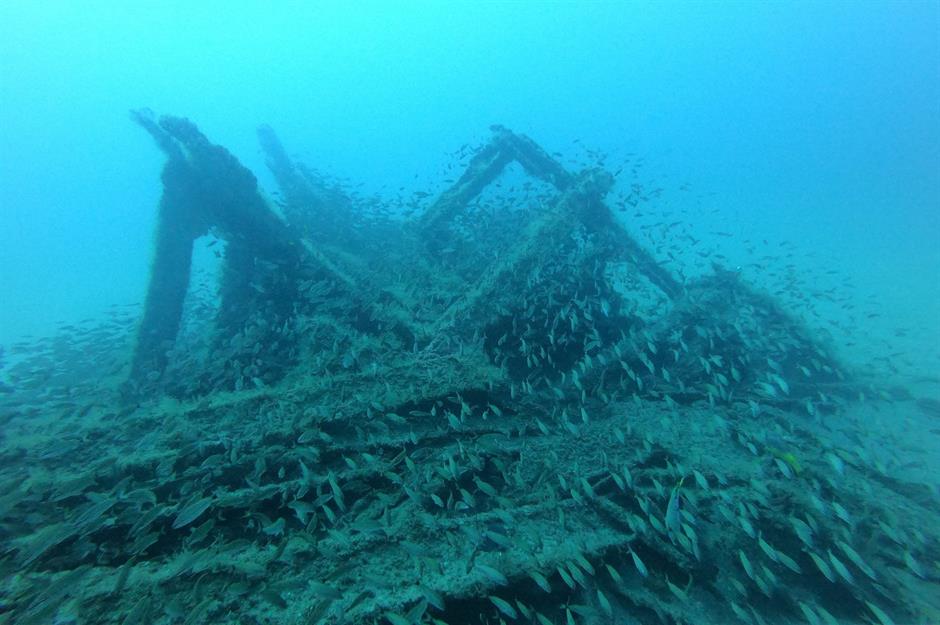
The Pulaski isn’t Blue Water Ventures International's only excavation project. In 2019, they also began work on the shipwreck of the steamship North Carolina (pictured). The vessel had been used by the Wilmington and Roanoke Railroad Companies in the 19th century to transport mail and passengers between Wilmington and Charleston, in North Carolina and South Carolina respectively.
On 25 July 1840, the North Carolina set sail from Wilmington as usual. However, disaster struck when it collided with its sister ship, the Governor Dudley, which was sailing on the same route but from the opposite direction. The North Carolina was almost torn in two by the shock collision, but fortunately, its passengers managed to escape to the relatively unscathed Dudley, and there were no fatalities.
SS North Carolina
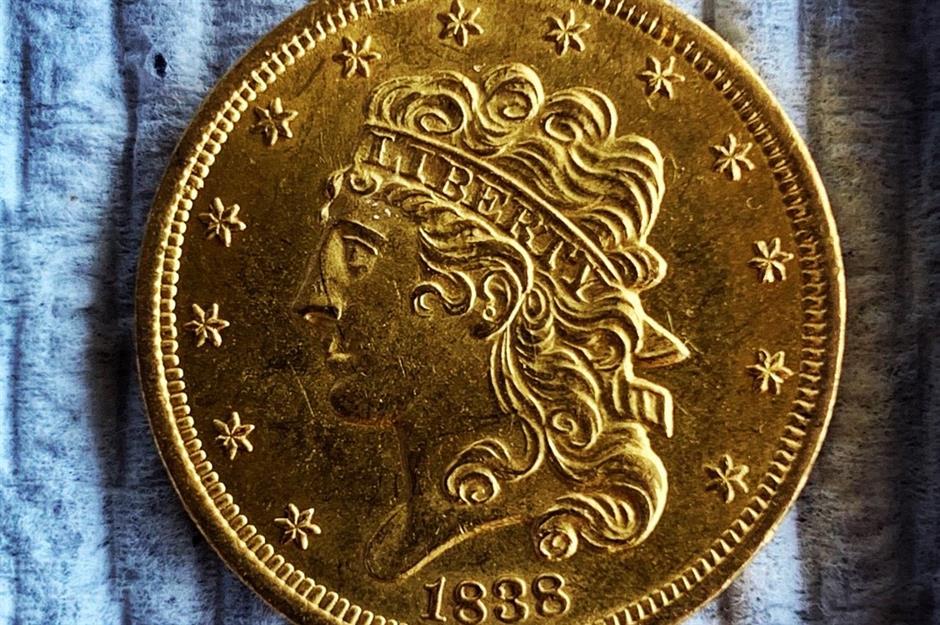
For generations, the North Carolina lay untouched off the coast of South Carolina in water measuring between 59-79 feet (18-24 metres) deep until Blue Water Ventures International began excavation efforts. One of the most significant finds has been several $5 gold pieces (pictured) discovered in 2019. Of the three coins found, two are believed to be from the US Mint in Dahlonega, which opened in 1838 but closed after just 24 years, making the coins "extremely valuable".
The shipwreck has been described as a "time capsule" of the 1800s, with a vast array of exciting relics unearthed at the site, including pieces of marble and dinnerware, as well as brass spikes used in the construction of the North Carolina.
London
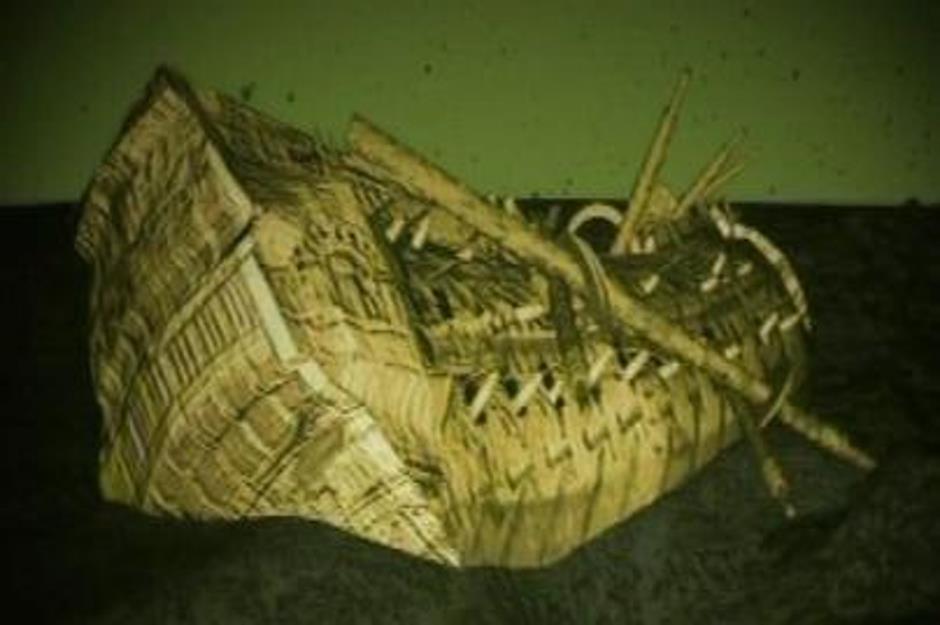
The London (pictured) was a second-rate ship in the Navy of the Commonwealth of England and was first launched in 1656. The vessel is famed for being part of the fleet that transported Charles II from the Netherlands to England in 1660 to restore him to the throne after the death of Oliver Cromwell.
In 1665, the London was accidentally blown up close to Southend-on-Sea off the east coast of England, killing 300 of her crew. The ship's final resting place was discovered in 2005, and the wreckage site has been described as an "underwater museum". Perhaps the most fascinating thing about this wreckage is that silt has preserved many of the items in near-perfect condition. However, they're at high risk of being lost forever…
London
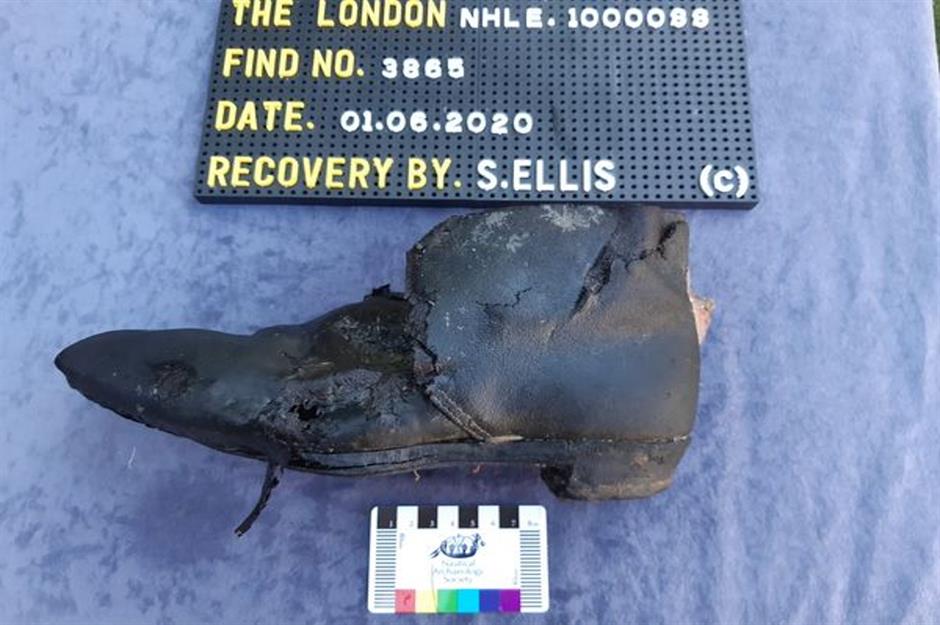
The team at the London Shipwreck Trust are on a mission to preserve the remarkable history of the London. In 2020, the Trust's divers recovered a range of artefacts from the wreckage, including muskets, salt pots, and even a leather shoe (pictured).
However, the wreckage site is extremely unstable and "washes away with every passing ship and tide". The London Shipwreck Trust and the Nautical Archaeology Society have launched a crowdfunding campaign in a bid to raise the £200,000 ($252k) per year they estimate is needed to continue their work on the wreckage before it entirely erodes. The total currently sits at just over £11,000 ($13.8k), with a campaign to raise £9,000 ($11.3k) by 5 December this year falling short of its target.
Red Sea wreckage
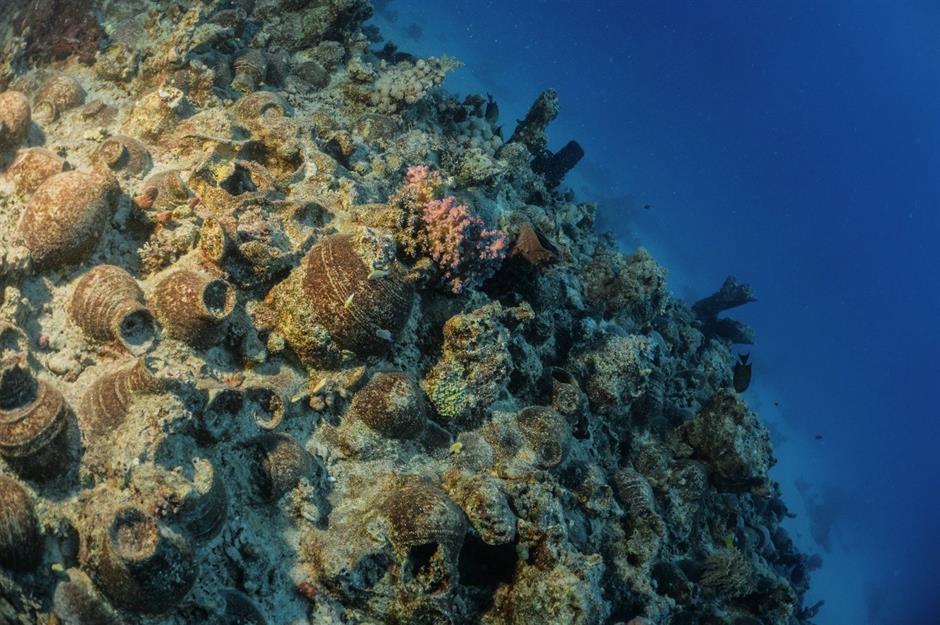
Now to the Indian Ocean. The Red Sea's best-preserved and most intact wooden shipwreck is currently being excavated in a bid to preserve its incredible heritage. The 18th-century merchant ship is believed to have sunk in the Al Wajh lagoon at some point between 1725 and 1750. The vessel, which was carrying an estimated 1,000 tonnes of cargo, including jars, porcelain, and spices, highlights the Red Sea's robust trading activities before the opening of the Suez Canal.
Submerged in 66 feet (20 metres) of water, the ship's hull remains on the sea bed, along with a massive pile of around 1,000 jugs that have calcified into a single group (pictured). The vessel measures 131 feet (40 metres) in length and nearly 33 feet (10 metres) in width, with the hull so calcified it reportedly resembles "petrified wood".
Red Sea wreckage
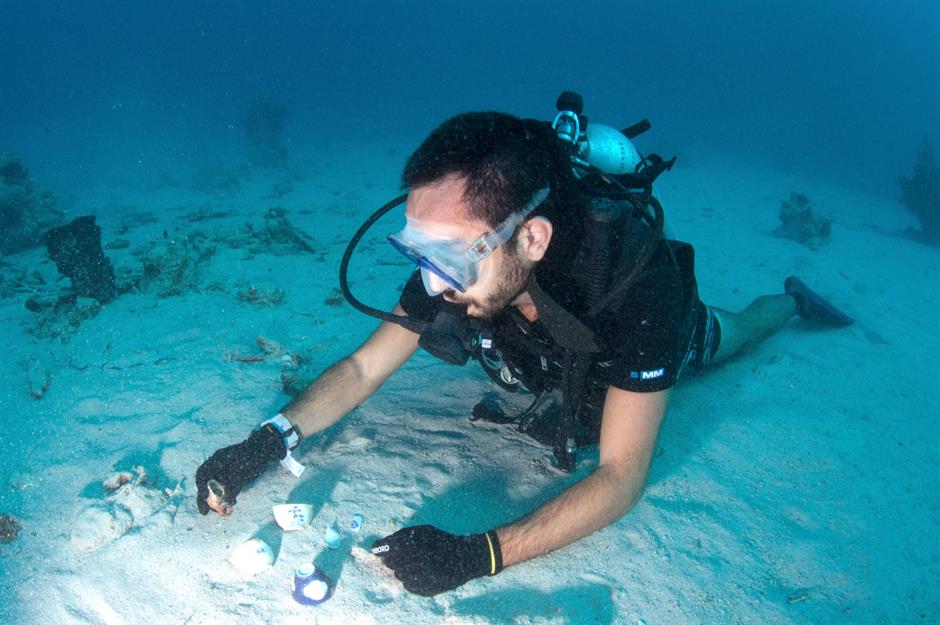
The University of Napoli L’Orientale is currently overseeing an ambitious excavation effort of the wooden wreckage. Their work is part of a collaboration between The Red Sea Development Company and Saudi Arabia's Ministry of Culture, Heritage Commission, and Museums Commission.
The entire shipwreck will be excavated and then displayed in a new purpose-built museum in Jeddah, Saudi Arabia. All artefacts uncovered from the site will be preserved, catalogued, and stored in the museum for visitors to see.
Caesarea shipwrecks
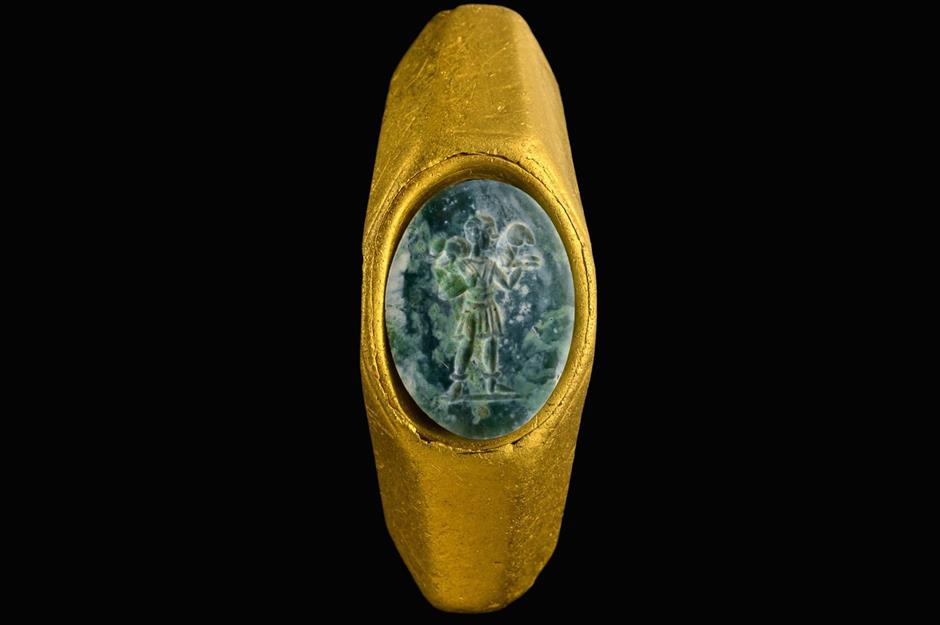
Our final stop is the Mediterranean Sea. In December 2021, researchers from the Israel Antiquities Authority marine archaeology unit announced they had uncovered a breathtaking trove of valuable and historic artefacts in the region. The discoveries were made while their team explored the sites of two shipwrecks on the seafloor near the ancient port of Caesarea, Israel.
The first wreckage, believed to have sunk in a storm, was from the Roman era and is estimated to be around 1,700 years old. Divers unearthed a gold ring from the site, which depicts a young shepherd carrying a ram or sheep (pictured). This "good shepherd" image is a well-known early Christian symbol for Jesus. The ring was found along with a hoard of third-century Roman coins, bronze eagle figures, bells (historically used to ward off evil spirits), and pottery.
Caesarea shipwrecks
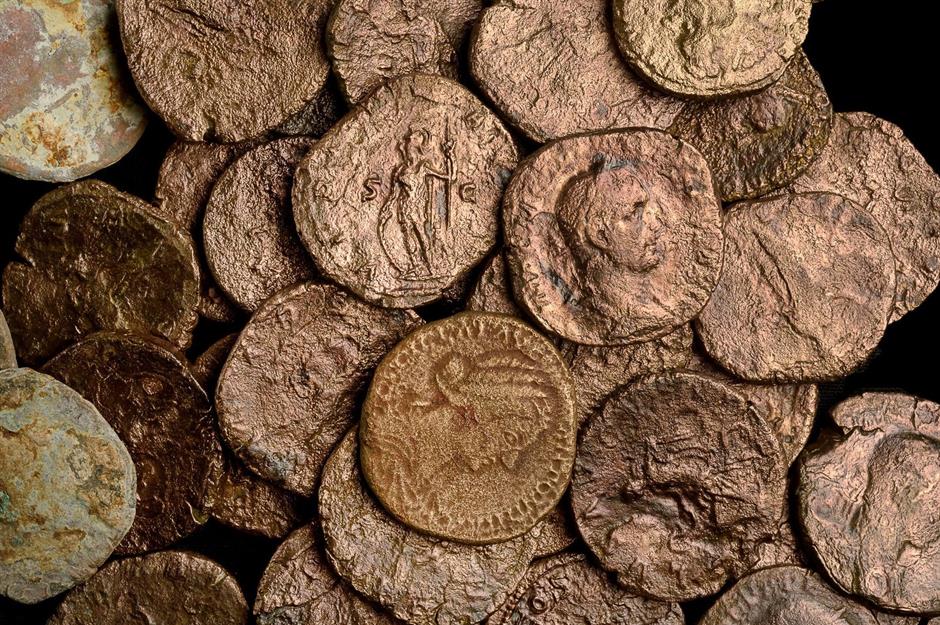
The second shipwreck is believed to be around 600 years old. Among the wreckage, divers found a vast hoard of silver Mamluk-era coins, dating back to the 14th century.
In the third century, Caesarea was the local capital of the Roman Empire, and its port was a vital hub and busy commercial centre. According to the Israel Antiquities Authority, excavation efforts in this Caesarea port area are ongoing. The team carry out countless dives in the area each year, sometimes in water up to 229 feet (70 metres) deep.
Now discover more incredible treasures found under the sea
Comments
Do you want to comment on this article? You need to be signed in for this feature